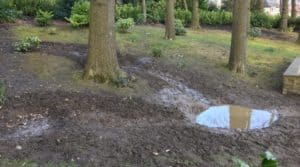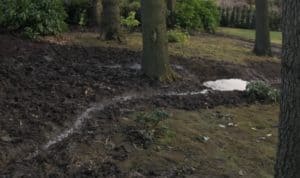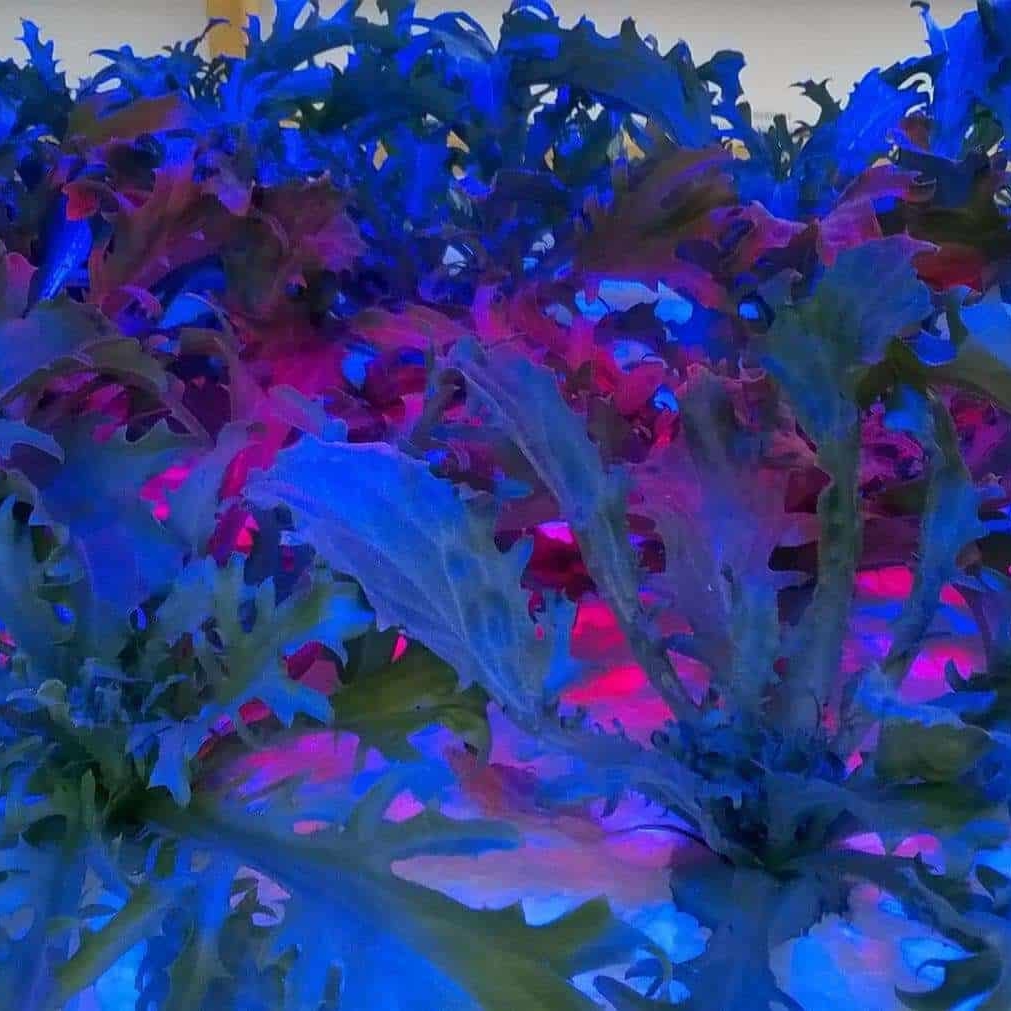Is your garden submerged in the winter months? Do you struggle to dig into a dry patch even in summer? It could be your home is sited above a high water table, bringing groundwater problems with it. We’re going to look at what exactly this means and how you can adapt your gardening methods.
Key terms
Without a doubt you’ll have examined water tables in school geography classes. It’s an easy topic to forget in everyday life however. Let’s begin by understanding some of the key terms associated with groundwater and water tables.
- Groundwater: water which soaks into the earth through the force of gravity. It also flows sidewards, following slopes, whatever the gradient
- Impermeable rock: the depth of earth at which water can no longer soak further, due to the rock not allowing water to pass through. They are often less porous too – that is, they don’t have large spaces between their grains. Examples include clay and granite
- Aquifer: a geological feature – made of porous and permeable material – moving groundwater along the course of gravity
- Saturated zone: the area of ground above impermeable rock which has no air pockets; these are completely filled with water
- Unsaturated zone: the area of ground above impermeable rock which still contains air pockets. Water clings to the soil molecules by surface tension. Some water is drawn back up to the surface through capillary action (heat causes water on the surface to evaporate, pulling deeper molecules up behind it). This zone is closest to the surface
- Water table: the line at which the saturated zone meets the unsaturated zone. Its depth varies based on how far down the impermeable rock layer is, and to a certain extent the amount of recent rainfall
This presentation demonstrates some of these terms clearly via diagrams.
If your garden waterlogs easily, especially after heavy or prolonged rain, you either have heavy clay soil or a high water table. The two very easily go hand-in-hand, as compacted clay is very impermeable, so you might be facing a combination.
We can all too easily look at sloping site and expect it to be very dry. After all, water runs away after gravity. Sadly, even sloping gardens can be boggy due to a feature known as an aquiclude. This is a layer of impermeable rock higher than the water table which traps water above it. This water often releases itself as a spring, flowing down over the surface of the hillside until it reaches a river. Your sloping garden might be just below a spring, or perhaps has one or more in its boundary.
Unfortunately it’s not possible to alter the water table and drainage installation rarely helps. However, there are tactics you can employ to work around it.
Gardening with your high water table
The simplest and cheapest way of gardening when confronted with a high water table is to work with the phenomenon. Choose the right plant for the right place: plant those specimens which like standing in water. Why not develop a bog garden? You could incorporate a wildlife pond or swales (gently sloping depressed channels leading water away from slightly higher areas – see image below). Both allow for marsh or aquatic planting for a unique feature in your garden.
Some herbaceous perennials have shallow, spreading root systems which won’t sit in the higher saturated zone and struggle. If they do spend time in waterlogged soil, many renew parts of their root systems regularly and so can survive. As this article explains, trees, conversely, have deeper roots and spend years developing these systems. A prolonged soaking can irreparably destroy these, leading to the tree dying. Be aware which species flourish with wet feet, avoiding those which need drier ground.
A more costly method is to construct raised beds in which to plant. Water falling into these will soak away more quickly (keep on top of your warm weather watering!) and flooding won’t usually affect them. More expensive still is to import larger quantities of soil and spread over your current ground level, raising the entire plot.
As you see, while you can’t alter a high water table, it needn’t hinder your gardening. You just need to weigh up your options and decide whether you want to exploit this natural feature or cloak it.
Kevin Gelder
Kevin joined Bestall & Co in late 2017 and brought a range of skills with him from a varied background. He gained a degree in French and Italian from Lancaster University in 2009 before successfully completing a PGCE at the University of Sheffield in 2011. He built on his communication skills through secondary language teaching, before working in healthcare administration.
Ultimately though it was his passion for plants and gardening which brought him to Bestall & Co as a member of the planting team, and although he's now moved back to an office based role, the articles he wrote whilst he was still with us live on.






